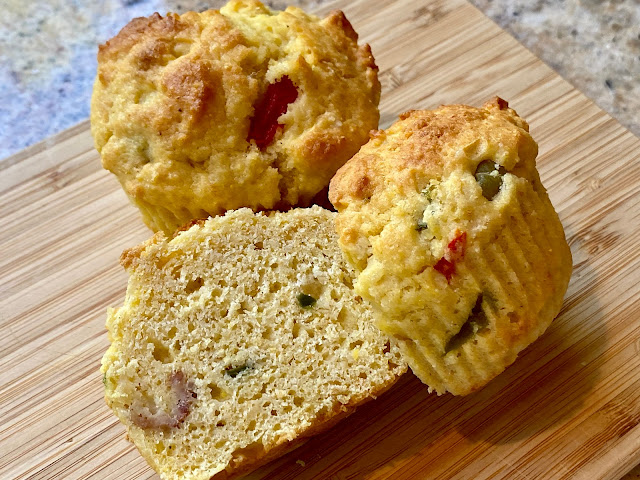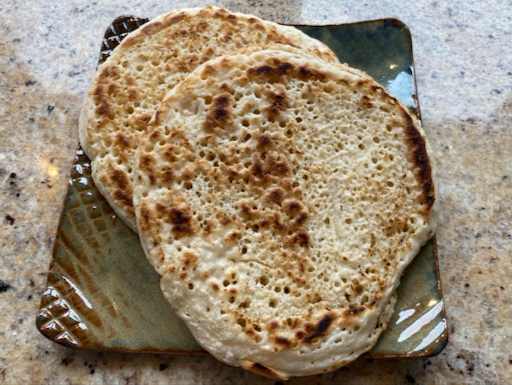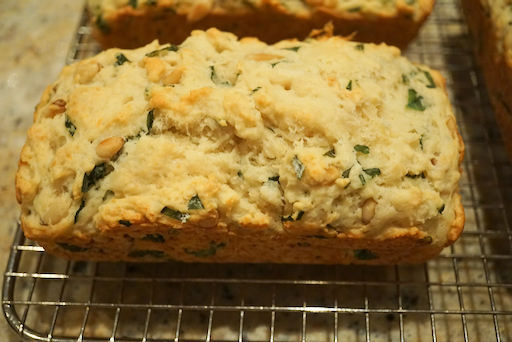Carrot salad: (We posted it in 2012. We are listing the recipe again in a standard format. The recipe is based on the spiced carrot salad recipe found in the "500 appetizers" cookbook.)
Ingredients: (for carrot salad)
2 cups of shredded carrots (in the food processor), cook in the micro wave for 30 seconds, stir and cook about another 30 seconds until the carrots get a bit tender but still have crunch).
1 cup raisin
1/2 tsp. ground ginger,
1 tsp. cumin,
1/2 tsp ground coriander,
1/2 tsp paprika,
1/8 tsp cayenne pepper,
Candied ginger, finely chopped, to taste,
4 tsp. sushi vinegar plus juice of 2 limes
3 Tbs. olive oil,
2 tsp. chopped mint.
Directions:
Muffin: (we used the recipe from carrot bread muffin which was posted
Ingredients: (for muffin)
1 1/2 cup all-purpose flour
1 tsp. baking powder
1/2 tsp. baking soda
3/4 tsp. kosher salt
1/2 tsp. ground cinnamon
1/4 tsp. ground ginger
3/4 cup (1 1/2 sticks) melted butter
1 cup packed brown sugar
1 large egg
2 tbsp. sour cream
1/2 tsp. pure vanilla extract
2 cups grated carrot salad
Crumb topping: (This is the crumb topping used for other muffins)
Ingredients: (for crumb topping)
1/2 cup (60g) all-purpose flour
1/4 cup (50g) sugar
1/4 tsp. of salt
6 tablespoons unsalted butter, cold and cut into 1/2-inch cubes
Directions:
Preheat oven to 375°.
to make the crumbs combine the flour, sugar and salt in a medium bowl.
Add the butter, and mix with your fingers until the mixture forms crumbs.
To make the batter for the muffin in a medium bowl, whisk together the dry ingredients; flour, baking powder, baking soda, salt, cinnamon, and ginger. In another large bowl, whisk together the wet ingredients; melted butter, brown sugar, egg, sour cream, and vanilla. Stir the carrots, into the liquid ingredients until thoroughly blended. Stir in the flour mixture until just combined. Grease a 12-cup muffin tin with butter. Divide the batter among the muffin tins. Spread the crumbs on the top of the muffins. Bake until a toothpick inserted in the center of a muffin comes out clean, 20 to 25 minutes.


















.jpeg)
.jpeg)

.jpeg)
























